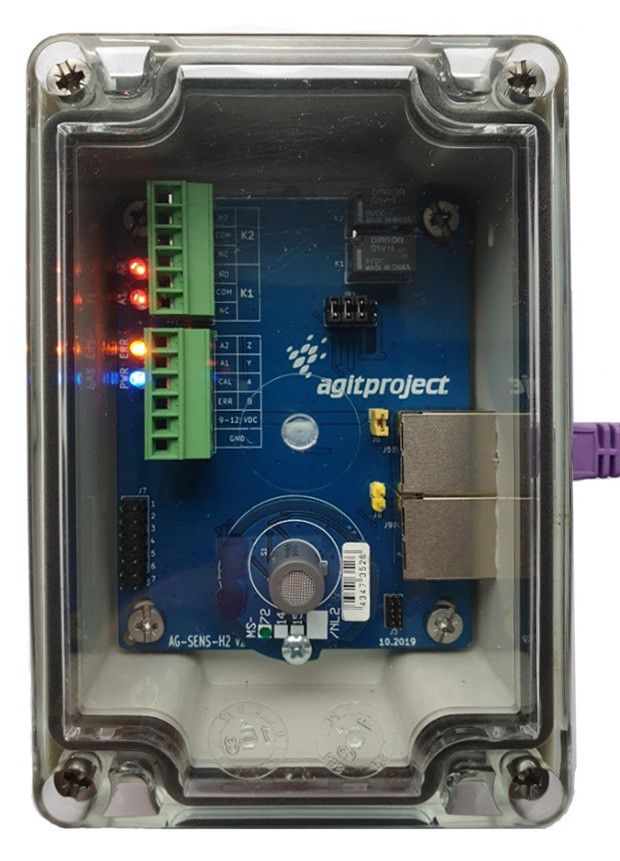Hydrogen – the underestimated danger
Lead-based batteries as well as any other type of “wetcells” like NiCDs are charged by a chemical process. As a side effect of this chemical process, the battery emits hydrogen, which is either subsequently recombined or lost into the surrounding atmosphere. Depending on the design of the battery, this hydrogen escapes from vent valves or is released directly into the environment. With AGM batteries such a case is negligible, but it occurs to a significant extent with "wet cells".
Hydrogen is odorless, colorless and lighter than air - in smaller concentrations it is nothing unusual in nature and does not constitute any risk.
It is a different matter in battery rooms:
- In ceiling areas or in dropped ceilings
- Storage areas such as shelves
- Static air vortices in the ceiling area due to ventilation
As soon as a general air saturation of at least 4.1% hydrogen to 75% air is reached, a highly explosive gas mixture is formed. Even small sparks from switches or electrical discharges can be enough to cause ignition, which could lead to disastrous results.
Since hydrogen saturation in the air is colorless and odorless, special sensors are needed to detect the formation of such a gas mixture thus allowing for adequate reactive measures. A battery monitoring system displays the battery parameters but would not detect liquid losses due to gas formation. Therefore, larger UPS solutions that are placed inside poorly ventilated areas should use a hydrogen sensor as an additional safeguard. The new H2 sensor “SMH2LC” from GENEREX is operated standalone; alarms are triggered via the alarm contacts and optically and acoustically (optional), but can also be connected to CS141/BACS via the GXRAUX.
New for the European market
With the SMH2LC, GENEREX has introduced an incomparably favorable high-performance hydrogen sensor to the European market!

